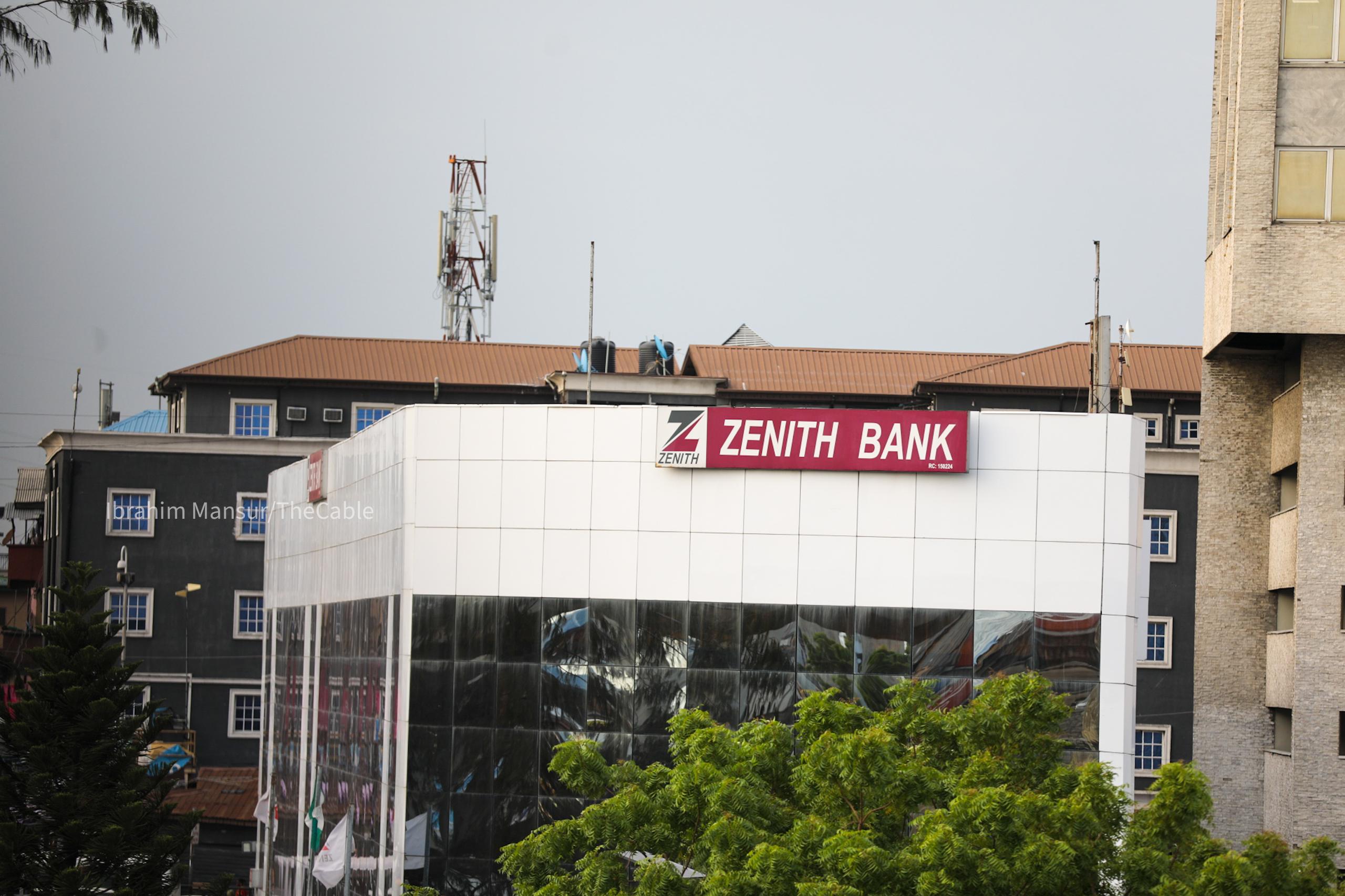VA Ann Arbor Healthcare System's Emergency Ambulance Services Program Expands Access And Reduces Costs | VA Ann Arbor Health Care | Veterans Affairs
VA Ann Arbor Healthcare System has implemented a new Emergency Ambulance Services (EAS) program designed to support Veterans who need ambulance transport for non-911 reasons such as hospital discharges, interfacility transfers, and scheduled medical appointments.
The program operates independently of the local 911 system. Veterans who call 911 from home will still be transported by their local EMS providers, but the EAS program now offers an additional resource for nearly all other ambulance needs.
The ambulances in the EAS program are staffed for advanced life support (ALS), ensuring the program can provide the level of care required for critical patients. These ambulances carry the same medications and have the same capabilities as local EMS systems.
There are currently three ambulances on site at VA Ann Arbor Healthcare System. One is operational, while two are being prepared for service following recent delivery. The program is currently staffed by two paramedics, with a third in the hiring process. When fully operational, the program will include six full-time equivalent (FTE) paramedics, as originally budgeted. Dr. Nathan Louras serves as the Medical Director for the program.
The ambulances were purchased by the National Veteran Transportation Program (VTP) Program Office specifically for this program. In addition to the vehicles, some of the paramedic salaries are also covered for the first few years, which significantly reduces the cost burden on the local health system.
Over the past several years, the number of non-911 transports completed under contract by third-party ambulance providers at VA Ann Arbor Healthcare System has increased by an average of 36% annually, with close to 3,000 transports recorded in the most recent year of available data. Transitioning to a VA-owned and operated ambulance service helps reduce strain on the local 911 system and may improve response times by lowering the volume of calls those systems receive from both VA and the general public.
As the EAS program grows in efficiency, the cost avoidance of using VA assets instead of paying outside contractors has the potential to offset program costs and even allow the service to operate at a surplus. In certain cases, third-party insurance may be billed with no cost or copay added to the Veteran. This creates an opportunity for revenue generation that further increases the return on investment for the program.
A key benefit of the EAS program is the increased access to ambulance transport. Under the current travel benefit structure, Veterans who require ambulance transport but do not meet eligibility criteria often must rely on private insurance or pay out of pocket. When using a VA-owned asset, these eligibility restrictions do not apply, which means more Veterans can now receive no-cost ambulance transport.
For providers, the process for requesting ambulance transport has not changed. When a Veteran requires ambulance service, the provider enters the same Beneficiary Travel Consult request as
before. Based on availability and patient needs, the request is assigned either to a VA EAS ambulance or to a third-party provider. No new procedures or steps are required.
The EAS program represents a coordinated effort by multiple teams across the VA Ann Arbor Healthcare System. Its development has involved complex planning, resource management, and interdepartmental cooperation. Support from administration and staff has played a critical role in bringing the program from concept to operation.
By investing in its own ambulance service, VA Ann Arbor Healthcare System is expanding access to care, reducing delays, improving quality of care and improving the overall patient experience for Veterans in need of safe, reliable transportation.











